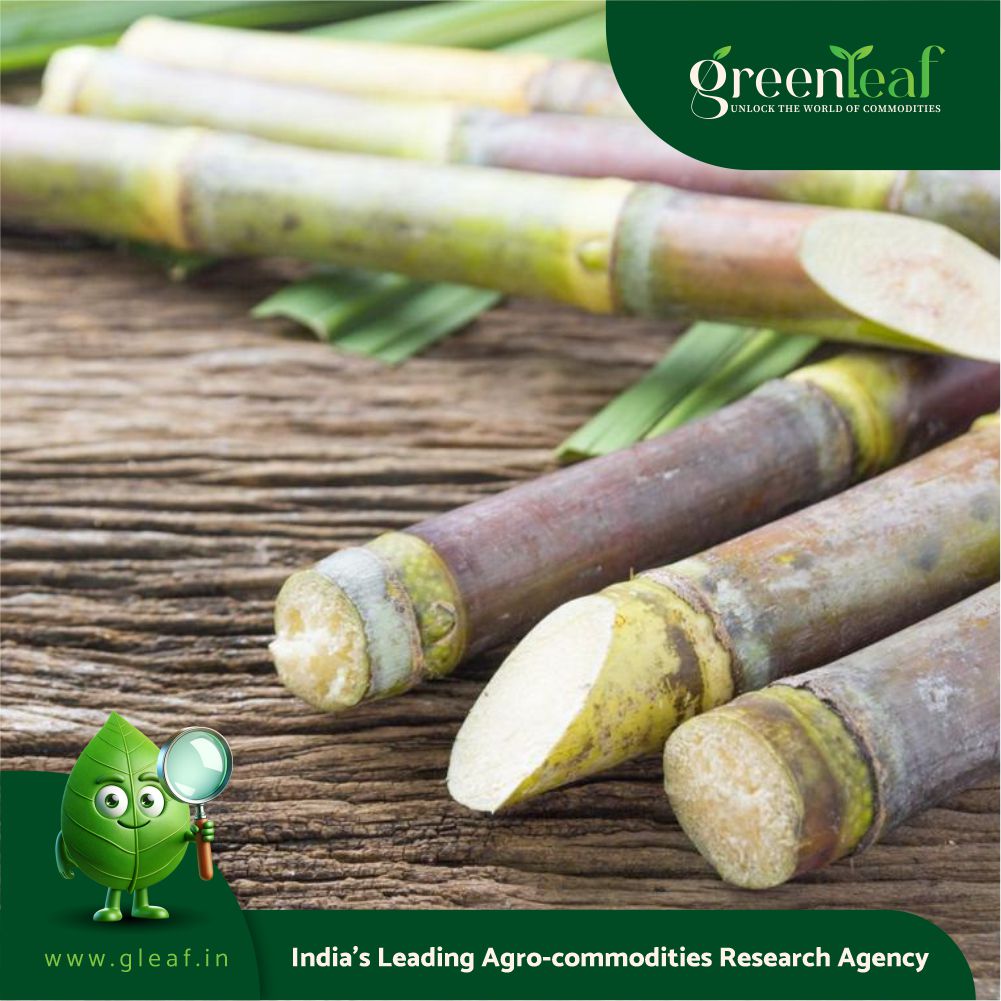Farmer Ghanshyam Darlami Magar is among the many who have expanded cultivation. “I started with two ropani. I grew sugarcane on four ropani this year and earned Rs72,000,” he said. Previously, due to a lack of proper equipment, farmers like him sold their harvests to traders in Digam or nearby rural municipalities at low prices. Today, the cooperative has flipped that script. It is not just Kamala and Ghanshyam who are benefiting. The cooperative supports 110 registered members and serves around 400 farmers, including non-members. Thorga, Thanpati, Darsingbas, Chautara, Bhatkuwa, and Chyurek—villages spread across wards 1, 3, and 4 of Rurukshetra—have become fertile grounds not only for sugarcane but also for a quiet economic revolution. The Thorgeli Jaggery factory, operated by the cooperative, is at the heart of this transformation. The small facility employs eight people, including Manager Prakash Thapa, who is hands-on with daily operations. “The cooperative brought structure and stability to sugarcane farming,” he said. “Now we’re working to make farmers entrepreneurs and to brand Thorga’s jaggery as a distinct product.” The government has taken notice. The rural municipality has handed over the building of the former Janapriya School to house the jaggery unit. It has also invested Rs5.5 million, disbursed in two instalments, to build critical infrastructure. Plans are underway to offer subsidies on fertilisers and seeds, and to strengthen market linkages so that Thorga’s jaggery can find buyers across Nepal. In contrast to the quiet revival seen in Thorga, sugarcane farming in Nepal’s southern plains continues to be marred by distrust and frustration. For years, farmers there have battled not just the weather and pests, but the very mills meant to buy their produce. Many of these mills have repeatedly delayed payments, sometimes for years, pushing growers to the brink. A few years ago, sugarcane farmers from districts like Sarlahi picketed Singha Durbar—the seat of the country's administration—and staged strikes at Maitighar, demanding payment of their long-overdue dues. The protests have turned tragic. In 2020, Narayan Raya Yadav, a sugarcane farmer from Sarlahi, died of a heart attack while in Kathmandu to join the agitation. Two years earlier, in 2018, farmers had resorted to a fast-unto-death campaign to press the same demands. Sugarcane has long been considered an industrial crop in the Tarai belt, but it has become a bitter crop for those who grow it. Successive governments have struggled to regulate the sector. Only in 2018 did the government begin fixing sugarcane’s minimum support price (MSP). Until then, the rates paid to Nepali farmers were often arbitrarily tied to the prices Indian mills offered across the border. Even today, government-fixed rates are far from attractive. With rising input costs and poor enforcement of purchase commitments, many farmers in the southern plains are giving up on sugarcane altogether and switching to other, more profitable crops. In Rurukshetra, farmers are paid swiftly. “We pay within a month. There is no issue of payment and market,” said Bheshraj Gyawali, the cooperative chairman. In the current fiscal year alone, the cooperative procured and crushed 270 tonnes of sugarcane worth Rs3.2 million. Their jaggery and candy sales are expected to hit Rs7 million. Next year, the target is even higher: crush 350 tonnes and deepen the footprint of Thorgeli products across the region. The Heifer Project Nepal has been a key partner, providing Rs7.5 million to date in machinery procurement and market development support. The Agricultural Knowledge Centre in Gulmi has added another Rs300,000 for seed distribution and farming promotion. With these combined efforts, the cooperative is preparing for the future. One key reason the jaggery from Thorga is gaining traction is improved connectivity. The completion of the Kaligandaki Corridor—linking the Siddhartha and East-West highways—has made it easier to transport jaggery and sugarcane-based products to markets like Butwal, Narayanghat, Pokhara, and beyond. Farmers who once watched their heritage crop fade into memory now see a viable future in the hills. The revival hasn’t just sweetened incomes—it has given villagers a renewed sense of identity. The fusion of tradition and technology, supported by collective action, has created a model that other rural economies could learn from. And Kamala? She is already planning next season’s harvest, with even more land under cultivation. “We stuck with sugarcane through the tough times,” she said. “Now it’s finally rewarding us.”















